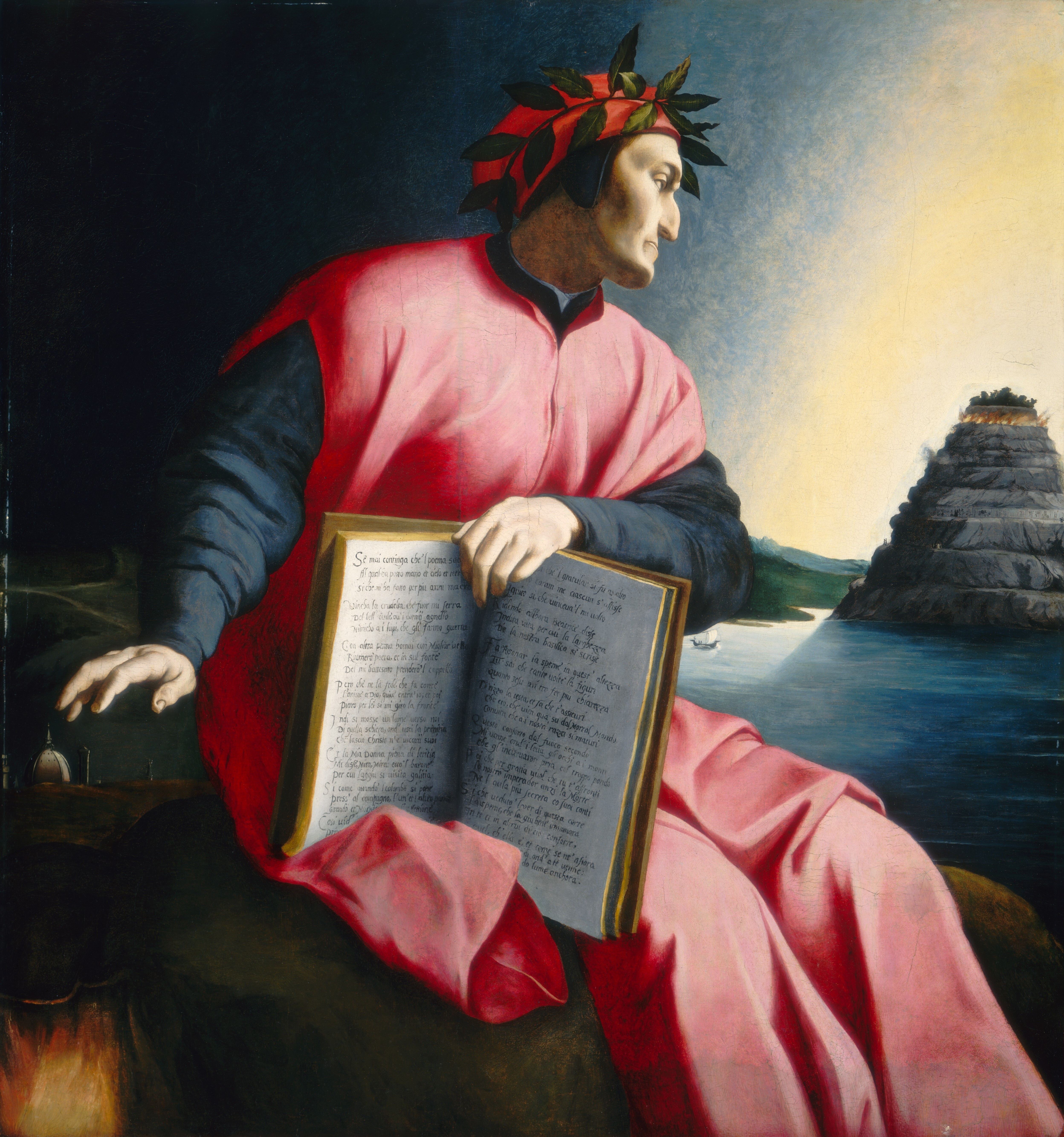|
Romée De Villeneuve
Romée de Villeneuve, baron de Vence. Romée de Villeneuve (c. 1170 – c. 1250) was a constable and .Jean Joseph Vaissete, ''Dissertation pour servir a l'histoire de Romée De Villeneuve, baron de Vence, connestable'', Bullot, 1751/ref> Biography In 1230, he commissioned the Château de Nice. In 1230 thChateau de Montfortbecame the property of Romee de Villeneuve. In 1234, he founded Villeneuve-Loubet and commissioned the Château de Villeneuve-Loubet. Following the death of Ramon Berenguer IV, Count of Provence, he inherited Vence, became Beatrice of Provence's guardian and the regent of Provence. He was buried in Nice. He appears also in the Divina Commedia, by Dante Alighieri, in Paradise, in canto VI, in the sphere of Mercury. Dante describes him as: ::"Within this very pearl shines ::the shining light of Romeo, ::whose great and noble work was poorly paid. ::But those of Provence who schemed against him ::have not had the last laugh—he takes an evil road ::to whom ... [...More Info...] [...Related Items...] OR: [Wikipedia] [Google] [Baidu] |
Constable
A constable is a person holding a particular office, most commonly in law enforcement. The office of constable can vary significantly in different jurisdictions. ''Constable'' is commonly the rank of an officer within a police service. Other people may be granted powers of a constable without holding this title. Etymology Etymologically, the word ''constable'' is a loan from Old French ''conestable'' (Modern French ''connétable''),p. 93b-283a, T. F. Hoad, ''The Concise Oxford Dictionary of English Etymology'' (Oxford University Press, 1993) itself from Late Latin ''comes stabuli'' ( attendant to the stables, literally 'count of the stable'), and originated from the Roman Empire; originally, the constable was the officer responsible for keeping the horses of a lord or monarch.p103, Bruce, Alistair, ''Keepers of the Kingdom'' (Cassell, 2002), [...More Info...] [...Related Items...] OR: [Wikipedia] [Google] [Baidu] |
Château De Nice
The Castle of Nice or Colline du Château was a military citadel. Built at the top of a hill, it stood overlooking the bay of Nice from the 11th century to the 18th century. It was besieged several times, especially in 1543 and in 1691, before it was taken by French troops in 1705 and finally destroyed in 1706 by command of Louis XIV of France, Louis XIV. Nowadays, Castle Hill is used as a park. It's the most famous public garden in Nice, and a "must see" place for the numerous tourists who visit the city. It offers many amazing panoramas and provides a beautiful view all day long from sunrise to sundown, highlighting various landscapes depending on where one looks: the Harbor at sunrise, the ''Promenade des Anglais'' at sundown. That's why Castle Hill is called "the cradle of the sun". Castle Hill In the minds of those who have lived in the city for a long time, the word "Castle" is more likely to be associated with the hill where the heroine Catherine Ségurane distingui ... [...More Info...] [...Related Items...] OR: [Wikipedia] [Google] [Baidu] |
Villeneuve-Loubet
Villeneuve-Loubet (; ; ) is a commune in the Alpes-Maritimes department in the Provence-Alpes-Côte d'Azur region in Southeastern France. It lies between Cagnes-sur-Mer and Antibes, at the mouth of the river Loup, ten kilometres west of central Nice. It was created by the joining two old villages: the old village of Villeneuve inland and the village of Loubet on the shore of the Mediterranean Sea. Its inhabitants are called ''Villeneuvois''. Economy Villeneuve-Loubet is at the same time a seaside resort and part of the technology cluster or technopole of nearby Sophia Antipolis. Many companies of the tertiary sector being installed in the city. Culture Villeneuve-Loubet is the birthplace of the famous 19th century provençal chef, restaurateur, and culinary writer Auguste Escoffier, the author of the '' Guide Culinaire'' and the founder of French haute cuisine. Villeneuve-Loubet was also, from 1920 onwards, the home of Maréchal Philippe Pétain (1856–1951), the ... [...More Info...] [...Related Items...] OR: [Wikipedia] [Google] [Baidu] |
Château De Villeneuve-Loubet
A château (, ; plural: châteaux) is a manor house, or palace, or residence of the lord of the manor, or a fine country house of nobility or gentry, with or without fortifications, originally, and still most frequently, in French-speaking regions. Nowadays, a ''château'' may be any stately residence built in a French style; the term is additionally often used for a winegrower's estate, especially in the Bordeaux region of France. Definition The word château is a French word that has entered the English language, where its meaning is more specific than it is in French. The French word ''château'' denotes buildings as diverse as a medieval fortress, a Renaissance palace and a fine 19th-century country house. Care should therefore be taken when translating the French word ''château'' into English, noting the nature of the building in question. Most French châteaux are "palaces" or fine "country houses" rather than "castles", and for these, the word "château" is appropria ... [...More Info...] [...Related Items...] OR: [Wikipedia] [Google] [Baidu] |
Ramon Berenguer IV, Count Of Provence
Ramon Berenguer IV or V (; 1198 – 19 August 1245) was a member of the House of Barcelona who ruled as count of Provence and Forcalquier. He was the first count of Provence to live in the county in more than one hundred years. During the minority of a previous count in 1144–1161, the regency was exercised by Ramon Berenguer IV de Barcelona, who is sometimes counted among the counts of Provence, which has led to varied numbering of the counts of Provence named Ramon Berenguer. This Ramon Berenguer was the fourth of his name to be a reigning count of Provence. Family Ramon Berenguer was the son of Alfonso II, Count of Provence, and Garsenda, Countess of Forcalquier. After his father's death (1209), Ramon's mother sent him to the Templar castle of Monzón in Aragon. He was accompanied by his cousin James, whose life was also under threat. He left Monzon in 1216 to claim his inheritance, which included the county of Forcalquier—inherited from his mother. On 5 June 1219, R ... [...More Info...] [...Related Items...] OR: [Wikipedia] [Google] [Baidu] |
Vence
Vence (; ) is a commune set in the hills of the Alpes-Maritimes department in the Provence-Alpes-Côte d'Azur region in Southeastern France, north of Nice and Antibes on the Mediterranean coast. Ecclesiastical history The first known Bishop of Vence is Severus, bishop in 439 and perhaps as early as 419. Among others are: Veranus, son of St. Eucherius, Archbishop of Lyon and a monk of Lérins, bishop before 451 and at least until 465; St. Lambert, first a Benedictine monk (died 1154); Cardinal Alessandro Farnese (1505–11). Antoine Godeau, Bishop of Grasse, was named Bishop of Vence in 1638; the Holy See wished to unite the two dioceses. Meeting with opposition from the chapter and the clergy of Vence Godeau left Grasse in 1653, to remain Bishop of Vence, which see he held until 1672. The diocese of Nice now unites the three former Dioceses of Nice, Grasse and Vence. Demographics Sights Within the historic village, a medieval walled village, there are numerous i ... [...More Info...] [...Related Items...] OR: [Wikipedia] [Google] [Baidu] |
Beatrice Of Provence
Beatrice of Provence (23 September 1267), was the ruling Countess of Provence and Forcalquier from 1245 until her death, as well as Countess of Anjou and Maine and Queen of Sicily by marriage to Charles I of Naples. Beatrice was the fourth and youngest daughter of Ramon Berenguer IV, Count of Provence and Forcalquier and Beatrice, daughter of Count Thomas I of Savoy and Margaret of Geneva. Life Inheritance of Provence and Forcalquier Beatrice, like her sisters, mother and grandmother was known for her beauty. A description of Beatrice said she All Ramon Berenguer IV's three older daughters married to titles of status: The eldest, Margaret, was Queen of France by marriage to Louis IX; the second, Eleanor, was Queen of England by marriage to Henry III, and the third, Sanchia, was titular Queen of Germany by marriage to Henry's brother Richard, Earl of Cornwall. King Louis IX's marriage to Margaret had been arranged by his mother, Blanche of Castile, with the hopes ... [...More Info...] [...Related Items...] OR: [Wikipedia] [Google] [Baidu] |
Prince Regent
A prince regent or princess regent is a prince or princess who, due to their position in the line of succession, rules a monarchy as regent in the stead of a monarch, e.g., as a result of the sovereign's incapacity (minority or illness) or absence (e.g., by remoteness, such as exile or long voyage, or the absence of an incumbent). While the term itself can have the generic meaning and refer to any prince or princess who fills the role of regent, historically it has mainly been used to describe a small number of individual princes and princesses who were regents of non-principalities. Prince Regent of the United Kingdom In the English language the title ''Prince Regent'' is most commonly associated with George IV, who held the style His Royal Highness The Prince Regent during the Regency era due to the incapacity (by dint of mental illness) of his father, George III (see Regent for other regents). Regent's Park, Regent Street and Regent's Canal (which he commissioned) in ... [...More Info...] [...Related Items...] OR: [Wikipedia] [Google] [Baidu] |
Nice
Nice ( ; ) is a city in and the prefecture of the Alpes-Maritimes department in France. The Nice agglomeration extends far beyond the administrative city limits, with a population of nearly one millionDemographia: World Urban Areas , Demographia.com, April 2016 on an area of . Located on the French Riviera, the southeastern coast of France on the , at the foot of the French Alps, Nice is the second-largest French city on the Mediterranean coast an ... [...More Info...] [...Related Items...] OR: [Wikipedia] [Google] [Baidu] |
Divina Commedia
The ''Divine Comedy'' (, ) is an Italian narrative poem by Dante Alighieri, begun and completed around 1321, shortly before the author's death. It is widely considered the pre-eminent work in Italian literature and one of the greatest works of Western literature. The poem's imaginative vision of the afterlife is representative of the medieval worldview as it existed in the Western Church by the 14th century. It helped establish the Tuscan language, in which it is written, as the standardized Italian language. It is divided into three parts: '' Inferno'', '' Purgatorio'', and '' Paradiso''. The poem explores the condition of the soul following death and portrays a vision of divine justice, in which individuals receive appropriate punishment or reward based on their actions.Vallone, Aldo. "Commedia" (trans. Robin Treasure). In: Lansing (ed.), ''The Dante Encyclopedia'', pp. 181–184. It describes Dante's travels through Hell, Purgatory, and Heaven. Allegorically, the poe ... [...More Info...] [...Related Items...] OR: [Wikipedia] [Google] [Baidu] |
Dante Alighieri
Dante Alighieri (; most likely baptized Durante di Alighiero degli Alighieri; – September 14, 1321), widely known mononymously as Dante, was an Italian Italian poetry, poet, writer, and philosopher. His ''Divine Comedy'', originally called (modern Italian: ) and later christened by Giovanni Boccaccio, is widely considered one of the most important poems of the Middle Ages and the greatest literary work in the Italian language. Dante chose to write in the vernacular, specifically, his own Tuscan dialect, at a time when much literature was still written in Latin, which was accessible only to educated readers, and many of his fellow Italian poets wrote in French or Provençal dialect, Provençal. His ' (''On Eloquence in the Vernacular'') was one of the first scholarly defenses of the vernacular. His use of the Florentine dialect for works such as ''La Vita Nuova, The New Life'' (1295) and ''Divine Comedy'' helped establish the modern-day standardized Italian language. His wo ... [...More Info...] [...Related Items...] OR: [Wikipedia] [Google] [Baidu] |




